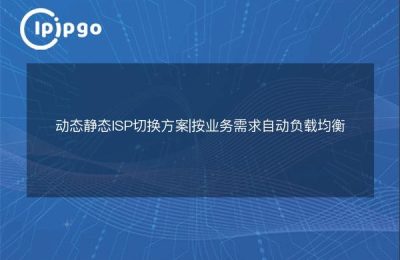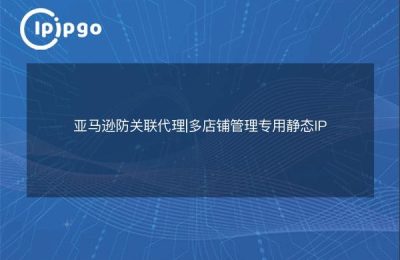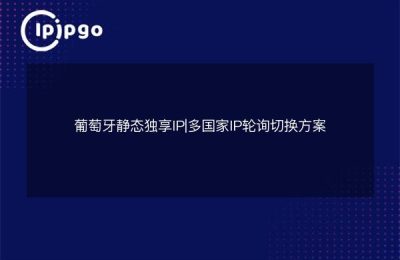
Static IP proxies and dynamic IP proxies, as a way of network access, have their own advantages in different scenarios and needs. However, when choosing a suitable proxy method for ourselves, we tend to focus on its speed performance as well. In this article, we will compare the speed of static IP proxy and dynamic IP proxy, and introduce some test methods to help readers better choose the right proxy method for themselves.
Speed Comparison: Static IP Proxy vs. Dynamic IP Proxy
First, let's take a look at how static IP proxies and dynamic IP proxies compare in terms of speed. Static IP proxies, as the name suggests, use a fixed IP address for network access. The advantage of this approach is that it is stable and reliable, as the server can more accurately identify the user because the same IP address is used for every request. However, because each request needs to go through the same IP address, it can result in slower speeds, especially during peak times or when the server is busy.
In contrast, dynamic IP proxies use constantly changing IP addresses for network access. The advantage of this approach is that it avoids being recognized by the server as the same user, thus increasing access speed. By constantly changing IP addresses, dynamic IP proxies spread out the pressure of requests, allowing servers to respond faster. However, the change in IP address may cause certain websites or services to hold restrictions on dynamic IP proxies, which may affect the stability of access.
Test Method: Choose the right proxy for you
To choose the right proxy method for you, we can evaluate their speed performance through some simple tests. First of all, we can use online speed test tools to test the download speed, upload speed and latency indicators of static IP proxy and dynamic IP proxy. These test tools usually provide detailed test results to help us visually compare the speed performance of the two proxy methods.
In addition, we can also try to test the access in a real network environment. By conducting several tests in different time periods and on different websites or services, we can obtain more accurate speed data. At the same time, we can also observe the stability and smoothness of the access process in order to consider the applicability in a comprehensive manner.
wrap-up
Static IP proxies and dynamic IP proxies have their own advantages and disadvantages in terms of speed. Static IP proxies are stable and reliable, but may be slower, while dynamic IP proxies are faster, but may face access restrictions. By using online speed test tools and conducting real environment tests, we can better evaluate the speed performance of these two proxy methods and choose the one that suits our needs.
In actual use, we should also consider other factors, such as security and privacy protection. Considering the needs and factors in all aspects and choosing the right proxy will help us enjoy the network resources and services better.








